The Gift of South Dakota
Subscriptions to South Dakota Magazine make great gifts!
Subscribe today — 1 year (6 issues) is just $29!
An Original River Town
 |
| John McNeill, pictured with his wife Susan, has written many songs about the Missouri River. |
The ever-growing delta of the great Missouri borders Springfield on the south, and a state prison housing 1,200 men sits on the north side of town. But you can’t pigeonhole Springfield as a river town or a prison town. It’s more complicated than that. Ask John McNeill, a singer-preacher-teacher who moved there with his wife, Susan, in 1976.
The McNeills settled in Springfield because it had an excellent library on the college campus, good water and not a single stoplight. They’re known to country music fans in southeast South Dakota as regular performers at Gayville Hall, where they do tribute concerts to the likes of Johnny Cash, Willie Nelson and Merle Haggard. John also serves as pastor and resident musician for the Springfield Community Bible Church, and he taught for years at the prison and the college that preceded it.
John also writes music, including more than 100 songs inspired by the life and hard times of the river valley. “We have a unique history that’s different from other farm communities,” he says. “This is an old river town that had many hopes, most of which never materialized quite the way the people wanted. Springfield was promised many things that ended up in places more prominent and politically connected.”
Springfield was established along a chalkstone bluff on the Missouri River in 1870. Town leaders hoped to land the state’s university, but it went to Vermillion. They fought for the prison, but it was built in Sioux Falls.
However, there were victories. A small teacher’s college was established in 1881, and the campus became the pride of Bon Homme County. Construction of Gavins Point Dam, 28 miles downriver, in the 1950s gave the little college town a lakefront and boosted the population over 1,000 in the 1960s. But dark clouds were circling; civic leaders were constantly worried that penny-pinching state officials might close the college, and finally it happened in 1984 when the governor and legislators decided South Dakotans needed less classroom space and more prison cells.
Losing the school was gut wrenching, and about that same time it became obvious that the new lake was becoming shallower due to sediment flowing in from the Nebraska Sandhills via the Niobrara River.
The town lost some families when the college closed, but most stayed and found ways to adapt. A number of today’s 800 un-incarcerated residents — like McNeill — transitioned from jobs at the college to work at the prison. In fact the institution is named for the late Mike Durfee, a heavyweight wrestling champ and football star for Southern State of Springfield in the 1960s and a popular coach and teacher at the college in the 1970s who became a prison administrator.
 |
| Greg and Sandy Stockholm at the helm of a big sailboat dry-docked in downtown Springfield. |
Midway between the prison and the river, in a small downtown business district that shrank even more when the college closed, Greg Stockholm has been working on a 72-foot sailboat for the last 14 years. In the beginning, the frame of the boat was upside down alongside the body shop and looked like a shiny beached whale.
Stockholm continued to repair automobiles and sold his motorcycle, cars and an airplane to help pay for the project. Even though he found most of the metal at salvage prices, it has still been costly in time and money. The ship, yet to be named, will weigh 30 tons and hoist 3,500 square feet of sails.
Townspeople and visitors often stop by for a look. Stockholm’s wife, Sandy, maintains a website (sailingdakota.com) so interested observers can monitor the ship’s progress. “Doubting Thomases” are slowly converting to believers, especially after Greg turned the boat on its bottom in 2007 and it began to look like a vessel. “People don’t think I’m so crazy anymore,” he says. “I like to remind them that amateurs built the Ark, professionals built the Titanic.” He hopes to finish by 2018.
The boat will sleep 12 in six cabins and feature space for a vegetable garden, solar panels and a 175-horsepower John Deere combine engine. Most importantly, it will be sturdy enough to withstand storms at sea.
The Stockholms might eventually use the boat for a charter business but first they hope to sail around the world, starting somewhere below the dam at Yankton. They may suffer a tinge of homesickness if they sail past the White Cliffs of Dover in England, geographic cousins to the chalkstone bluffs bordering the Missouri River where Greg learned to sail as a youth. Such bluffs, formed over eons by calcified mineral deposits from sea plankton, are found only along the Missouri River in South Dakota, Dover and a few other spots in the entire world.
Pioneers used Dakota chalkstone as a building stone a century ago. Some homes and churches built of the stone are standing today, but it never became popular because it was considered too porous. Still, the soft texture makes it the perfect stone for Ron Livingston, a white-bearded artist in overalls who has a studio not far from the sailboat.
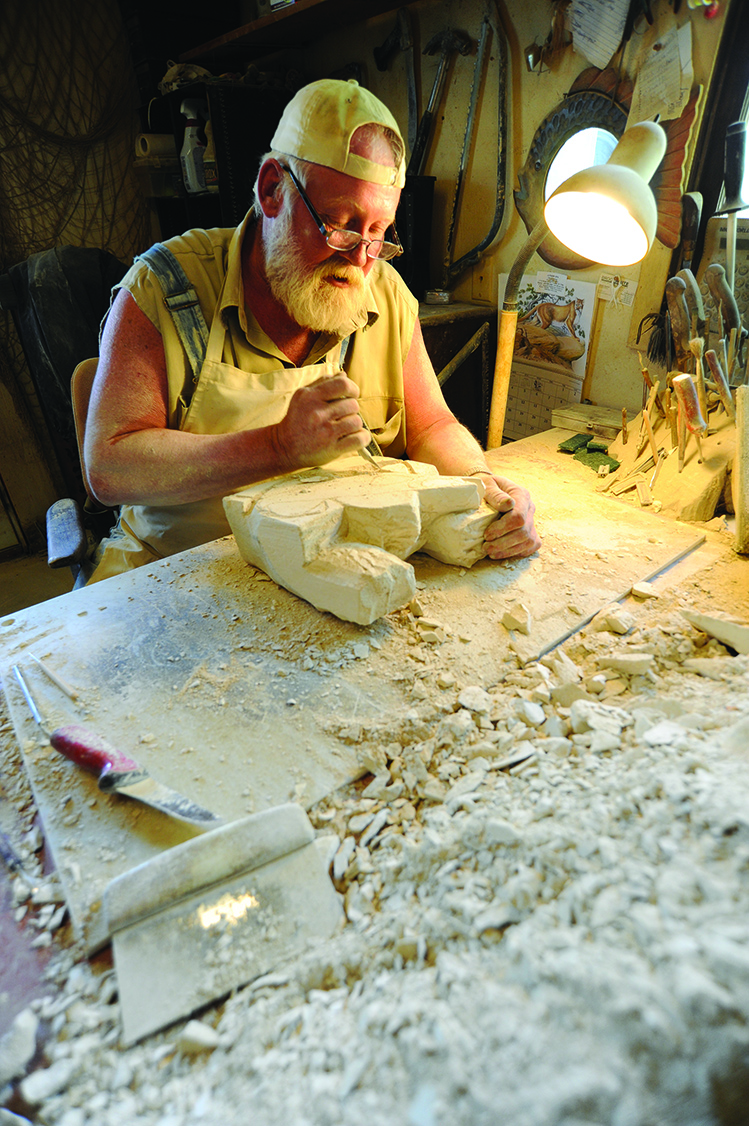 |
| Ron Livingston creates art from the chalkstone of the Missouri River bluffs. |
Livingston has lived in Springfield for 28 years. He awakens before sunrise to begin carving images in the chalk. He prefers fish designs but he aims to please, so he also does other prairie wildlife and even entertains requests. The son of a Yankton auto body repairman, he has never taken an art class and is uncomfortable being called an artist — but he’s not the type to argue and there’s no better word for his popular creations.
Livingston quit drinking a year ago and the change has affected his output. “My creative juices don’t work as good anymore but my work sure has gotten better,” he jokes. The bluffs’ chalk rock seems inexhaustible, but the Corps of Engineers forbids him from collecting it along the lake’s 90-mile shoreline. Instead, he salvages material from the ruins of old buildings.
Between Stockholm’s sailboat and Livingston’s studio sits a building with a nondescript exterior that serves as the Schneider family’s private winery. Dallas Schneider stores his grandfather’s 1937 Nash Lafayette hunting car in the front of the building, and in the rear he ferments fruits grown nearby.
Schneider came to Springfield 30 years ago to work at the state prison. He bought land on the east end of town along the river and soon began clearing brush and planting trees. Today his well-tended orchard includes peaches, apples, plums, apricots, gooseberries, rhubarb, raspberries, cherries, pears and grapes. It’s a hobby, but in good years the winery produces enough bottles for family and friends and extra fruit that he shares with Springfield’s popular senior nutrition program.
Schneider, acknowledging the plethora of interesting projects going on around Springfield, thinks that the town, “is off the beaten path and so quiet and peaceful that you can get things done.” That would explain artist Cheryl Halsey’s bursts of creativity. She and her husband, Jim, live and work on the family farm north of Springfield on a gravel road. Giant cottonwoods surround a big farmhouse that became even larger when an old country church was moved to the farm and attached. Now the house has a cathedral ceiling, stained glass and ample room to display Cheryl’s art.
She calls her space Blue Heron Studio, fitting because the heron navigates air, earth and water. Likewise, Halsey works in various mediums and methods that include jewelry, painted cylinders, sculpture, masks and paper. Halsey also enjoys making intricate jewelry from leather with unique designs. She had the opportunity to use leather from the singer Madonna’s world tour when she helped her son, Travis, who is a costume designer in Chicago.
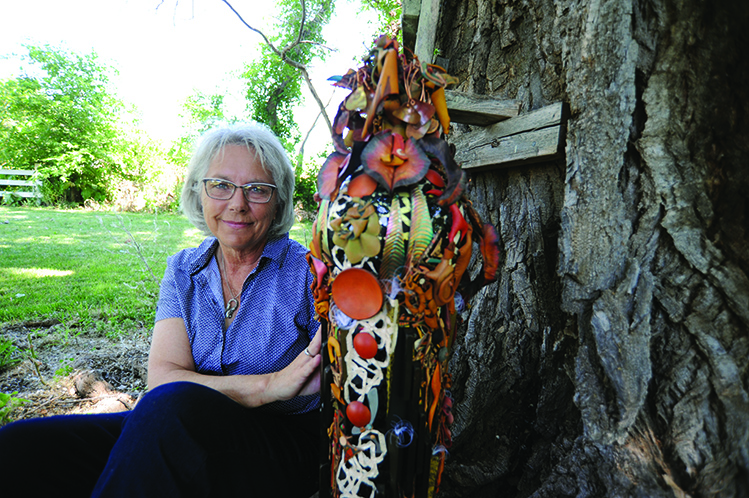 |
| Giant cottonwood trees shade Cheryl Halsey's farmyard north of Springfield. |
Like McNeill, Schneider and many other Springfield area residents, Halsey was employed in the prison for several years, working with inmates to develop their artistic skills. Now she does stints in schools as an artist-in-residence, helping students expand their imaginations.
The town has other unexpected finds. Workers at a factory called Rush-Co design and manufacture fabric buildings, boat canopies and other custom covers. Another small business, Mr. Golf Cart, refurbishes gas and electric carts. And perhaps coolest of all, Dennis DeBoer makes a career of building kits of model submarines and spaceships like the USS Enterprise. He works from an inconspicuous shop in a residential district.
McNeill, the songwriter, thinks the town’s historic “ups and downs” might explain the originality and creative spirit of its citizenry. “Springfield never got anything easy and it didn’t get anything without some sweat and heartbreak,” he says. “Some of that probably provides grist for the artists’ mill. Cheryl Halsey can paint it and Ron Livingston can sculpt it and people like me can put it to poetry and song.”
Editor’s Note: This story is revised from the November/December 2016 issue of South Dakota Magazine. To order a copy or to subscribe, call (800) 456-5117.


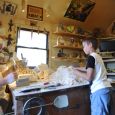


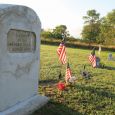

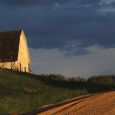

Comments